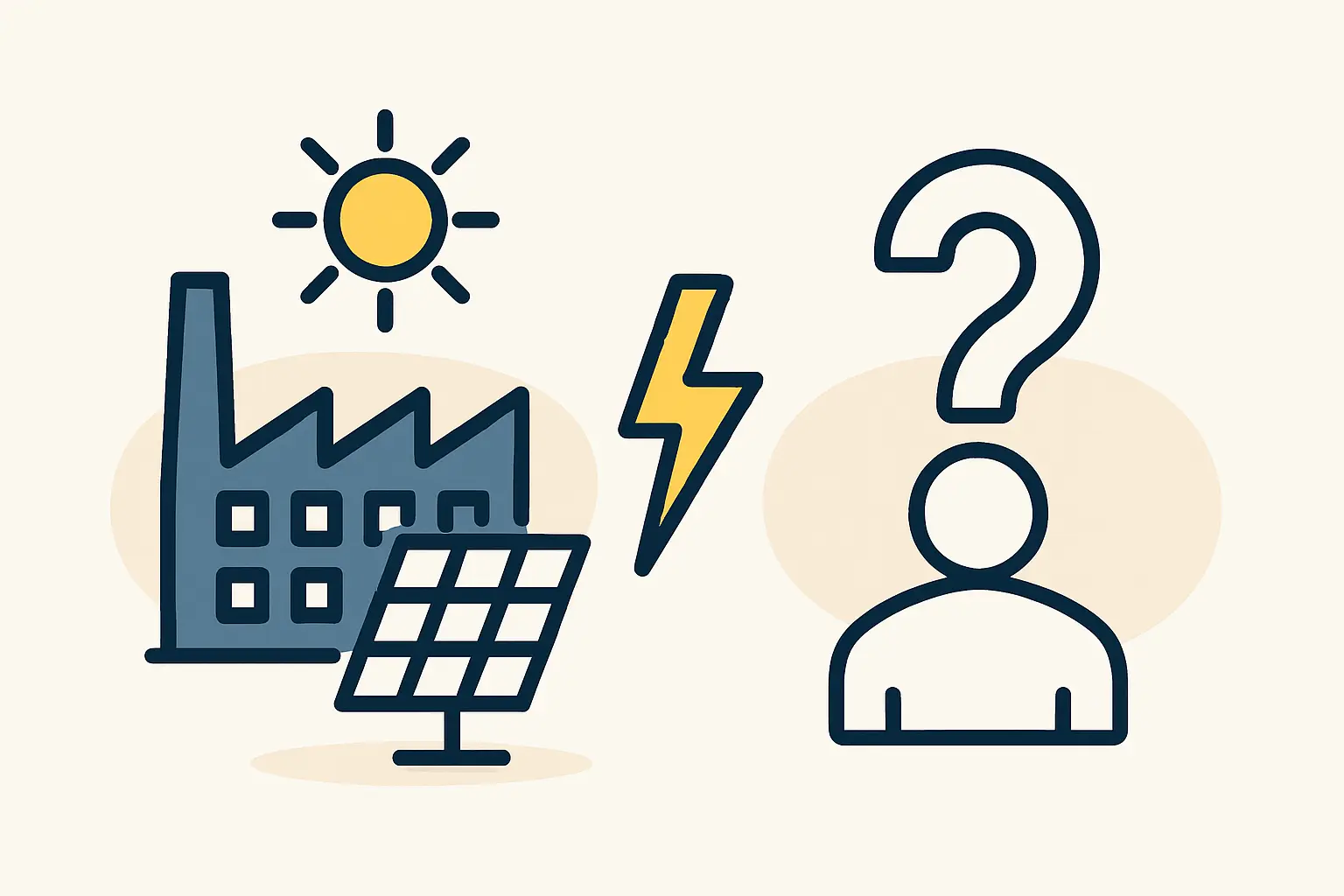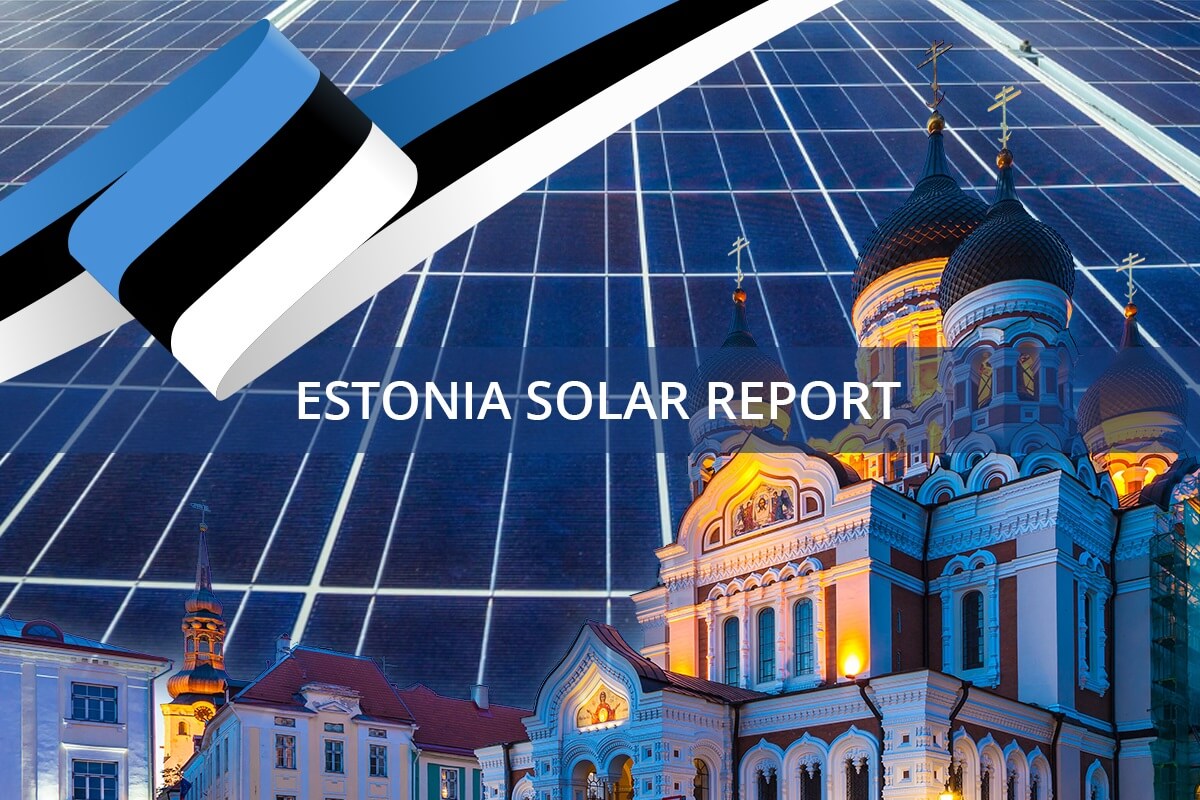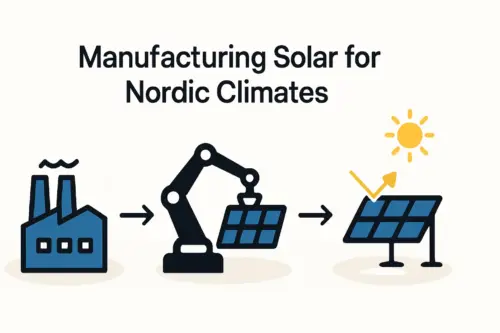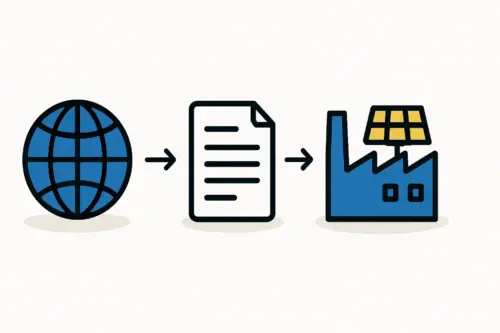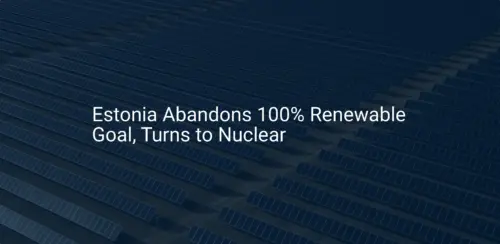Estonia is widely recognized for its advanced digital society and dynamic start-up culture. However, beneath this high-tech surface lies a robust industrial foundation and a skilled workforce that presents a compelling case for advanced manufacturing.
For entrepreneurs considering a solar module production business, understanding the labor landscape is a critical first step. This analysis examines the workforce available in Estonia, focusing on key industrial and technical hubs. It provides a framework for assessing talent, from production line operators to process engineers, and outlines the key elements of a successful training program for a new solar module factory.
Understanding Labor Requirements in Solar Manufacturing
A solar module assembly plant relies on a clear division of labor. While automation is significant, the quality and efficiency of production depend heavily on skilled personnel at every level. The workforce can be categorized into two main groups.
Operator Roles: The Foundation of Production
Operators form the largest part of the factory workforce, responsible for the hands-on tasks at various stages of the solar panel manufacturing process. These roles typically do not require an engineering degree but demand a high degree of precision, discipline, and attention to detail.
Key responsibilities include:
- Operating specific machinery, such as stringers, laminators, and testers.
- Handling materials like solar cells, glass, and encapsulants with care.
- Performing in-process quality checks to identify defects early.
- Adhering strictly to production protocols and safety standards.
For a 20–50 MW production line, a typical setup might require 25 to 35 operators per shift.
Technical and Engineering Staff: The Backbone of Operations
This group includes professionals with specialized technical or engineering backgrounds. They ensure the production line runs smoothly, efficiently, and to the required quality standards.
Key roles include:
- Process Engineers: Optimize the manufacturing process, improve yield, and implement new technologies.
- Maintenance Technicians: Keep all machinery calibrated, maintained, and repaired to minimize downtime. They need a strong background in mechanics, electronics, and pneumatics.
- Quality Manager: Oversee the entire quality control system, from incoming material inspection to final product certification.
- Production Manager: Supervise daily operations, manage shifts, and ensure production targets are met.
Regional Labor Market Analysis: Ida-Viru and Harju County
Estonia’s talent pool is not uniform across the country. Two regions in particular offer distinct but complementary advantages for establishing a solar manufacturing facility.
Ida-Viru County: A Legacy of Industrial Skill
Located in the northeast, Ida-Viru County is Estonia’s traditional industrial heartland, historically dominated by the oil shale industry. As the country moves towards greener energy sources, the region is undergoing a significant economic transformation supported by the European Union’s Just Transition Fund.
Ready to make big Profits?
The solar Industry is Booming
WE HELP NEWCOMERS to the solar industry start their own solar module production line. Customers can make BIG PROFITS by selling modules and finding investors, without wasting money and time on things they don't need!
This transformation creates a unique opportunity, as the region has a large pool of workers with decades of experience in heavy industry and structured manufacturing environments. While they may lack specific solar PV experience, they have foundational skills that are highly transferable:
- Discipline and Process Adherence: A workforce accustomed to complex industrial operations and safety protocols.
- Technical Aptitude: Familiarity with operating and maintaining heavy machinery.
- Adaptability: A motivated population ready to be retrained for new, sustainable industries.
The challenge in Ida-Viru is not a lack of labor but the need for targeted upskilling. A well-designed training program can effectively bridge the gap between traditional industrial skills and the specific requirements of solar module assembly.
Harju County: The Hub for Technical Expertise
Harju County, which includes the capital city of Tallinn, is the nation’s economic and educational center. It is home to leading institutions like Tallinn University of Technology (TalTech), which produces a steady stream of graduates in engineering, materials science, and information technology.

For a solar manufacturing venture, this region offers:
- Access to Engineers: A concentrated supply of process, electrical, and mechanical engineers essential for optimizing and managing a modern production line.
- R&D and Innovation: Proximity to universities and research centers facilitates collaboration on product development and process improvement.
- Management Talent: A deep pool of experienced managers, logistics experts, and administrative professionals.
The high concentration of talent also means greater competition and potentially higher labor costs compared to other regions. Many businesses find a hybrid approach effective: establishing the production facility in a region like Ida-Viru while basing R&D, engineering management, and commercial operations in or near Tallinn.
Structuring an Effective Operator Training Program
Given that solar module manufacturing is a new industry for Estonia, virtually all production operators will need to be trained from the ground up. This is standard procedure in new factory setups globally and should be viewed as an integral part of the investment plan.
Core Competencies for Production Line Operators
The ideal candidate for an operator role is not necessarily someone with a technical degree, but rather an individual who demonstrates:
- Excellent manual dexterity and hand-eye coordination.
- A systematic and methodical approach to their work.
- The ability to focus on detailed tasks for extended periods.
- A strong commitment to quality and safety standards.
Experience in other precision manufacturing sectors, such as electronics assembly or textiles, is often a strong indicator of a candidate’s potential.
A Phased Approach to Training
A comprehensive training program is crucial for bringing a new workforce up to speed efficiently. Experience from numerous J.v.G. Technology turnkey projects shows that a successful program typically follows three phases.
Phase 1: Theoretical Foundation
This classroom-based stage covers the fundamentals of photovoltaic technology and the solar panel manufacturing process. Trainees learn about the materials they will be handling, the function of each production step, and the critical importance of quality control and safety protocols.
Phase 2: Machine-Specific Training
During this phase, trainees receive hands-on instruction for each solar panel manufacturing machine. Led by the equipment suppliers’ engineers, this training ensures that new operators learn the correct operational procedures, basic maintenance tasks, and troubleshooting steps directly from the experts.
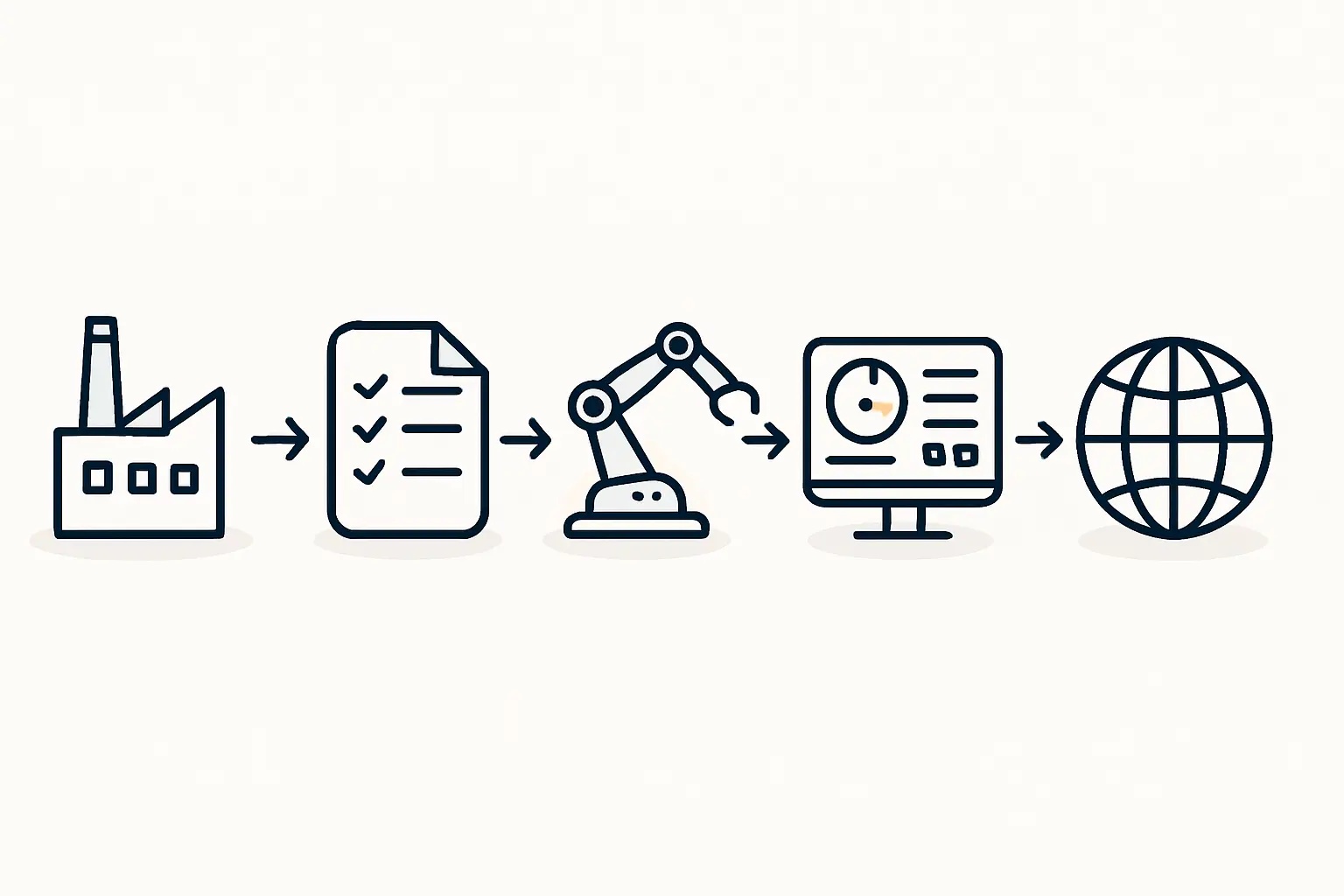
Phase 3: On-the-Job Supervision
Once the production line is operational, new operators begin working under the close supervision of experienced trainers and the production manager. This phase focuses on building speed, consistency, and proficiency. Production gradually ramps up as the team gains confidence and competence. This entire process, from hiring to full-capacity production, typically takes 6 to 9 months.
Frequently Asked Questions (FAQ)
How many employees are needed for a small solar factory?
A 20–50 MW semi-automated factory typically requires around 25–35 operators per shift for the production line, plus an additional 5–10 staff for management, engineering, maintenance, and administration.
How long does it take to train a production line operator?
A structured training program, including theoretical and hands-on instruction, usually takes 4 to 6 weeks before an operator is ready to work on the line under supervision. Reaching full efficiency and speed may take an additional 2 to 3 months.
Is prior solar industry experience necessary for operators?
No, it is not. The vast majority of operators in new factories worldwide are trained from scratch. The most important attributes are diligence, attention to detail, and a willingness to learn and follow structured processes.
What is the role of engineers versus operators?
Operators execute the established manufacturing process daily. Engineers are responsible for designing, optimizing, and troubleshooting that process to ensure maximum quality, yield, and efficiency.
Can workers from other manufacturing sectors be retrained for solar production?
Absolutely. Workers from electronics, automotive, textiles, or general industrial manufacturing often make excellent solar module production operators. They already have the core disciplines of working in a factory environment.
Conclusion: Assessing Estonia’s Human Capital Potential
Estonia presents a compelling and nuanced labor market for investors in solar module manufacturing. The country offers a strategic combination of a seasoned industrial workforce in regions like Ida-Viru, ripe for upskilling, and a concentration of high-level engineering and management talent in Harju County.
Success does not depend on finding a pre-existing pool of solar experts, but on an investor’s commitment to implementing a robust, systematic training program. By leveraging Estonia’s industrial heritage and technical education system, a new solar enterprise can build a highly skilled and motivated local team capable of producing world-class photovoltaic modules. The key is a clear plan and partnership with experienced guides who understand the process of establishing production in new markets.
